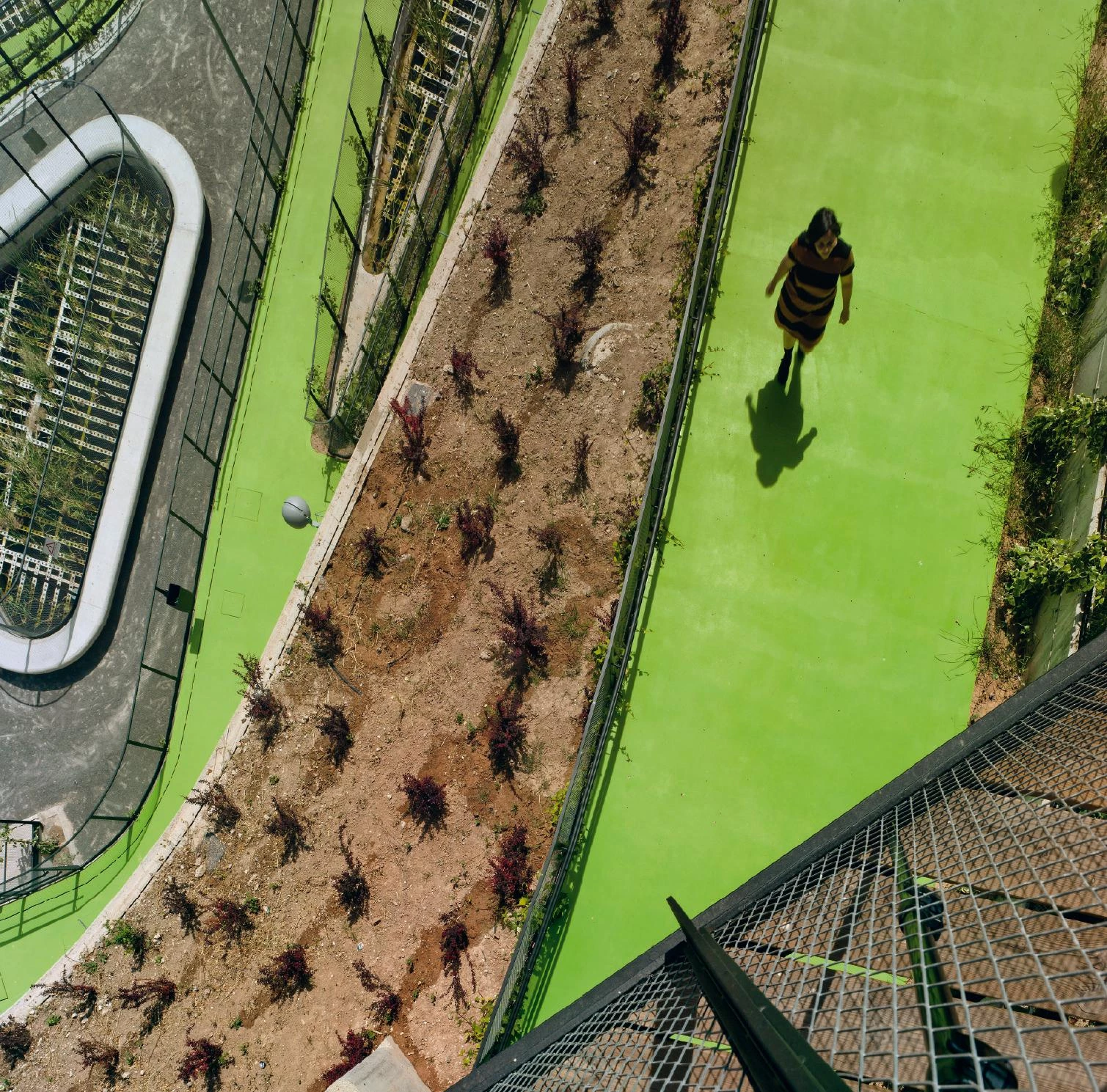
There are closed-door and open-air architectures. But there should be no opposition between ‘huis clos’ and ‘plein air’ construction: building and landscape merge in seamlessly connected sequences of spaces. There is no gap either between architects who design interiors and those who design exterior sites, because both use similar repertoires of geometry, materials and atmospheres, both delimit rooms and spaces, both define circulations and itineraries, both address the protagonism of the body, touch, and sight. If topography, accesses, or context establish the bases of a project, those perimetral conditions determine both structure and landscape; if climate, orientation and views guide decision-making, this is true for the house and for the garden; and if needs, functions, and brief are the driving force behind the work, this applies equally to building and plaza.
Having acknowledged this mix of atmospheres, it is convenient to specify that we generally pay more attention to figures than to landscape, and we examine buildings more carefully than their environment. Just as the distracted observer of an old master’s painting focuses more on the figures in the foreground, and barely gives a passing look at the background of the canvas, we carefully observe the constructions at the center of the stage, but just briefly glance at the landscape framing it. This differentiated perception, stressed in the case of painting by landscape’s subordinate role in the traditional hierarchy of the genres, is also emphasized in architecture by the lesser importance assigned to parks and gardens in comparison to the bold presence of the buildings, crystallizing an uneven relationship that contaminates teaching, editing, and criticism.
Though architecture has endeavored for a long time to give landscape the place it deserves – always trying to prevent its detachment from the common core of the discipline as a separate field, with its own Schools, associations, and publications –, the ground covered in this effort is clearly still insufficient: the training of architects does not reflect the overall importance of landscape design, and the projects in this field do not receive the attention they deserve, making their ancillary condition chronic. Outdoor architecture, however, is essential in the city and inevitable in the country, reconciling us with nature and letting the choreographies of collective life move freely from closed to open spaces. If social research demands fieldwork, and if artistic production does not exclude nature’s input, perhaps architects will find the best summary of their multi-faceted knowledge in the living nature of still landscapes.





